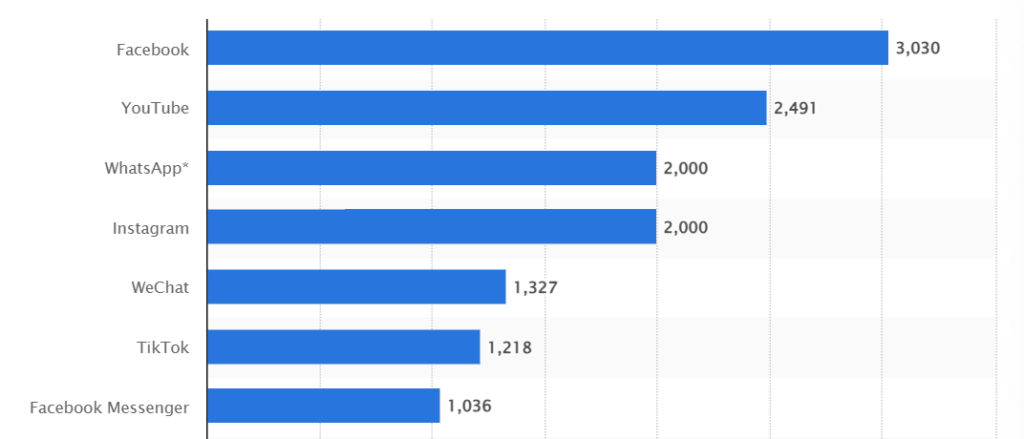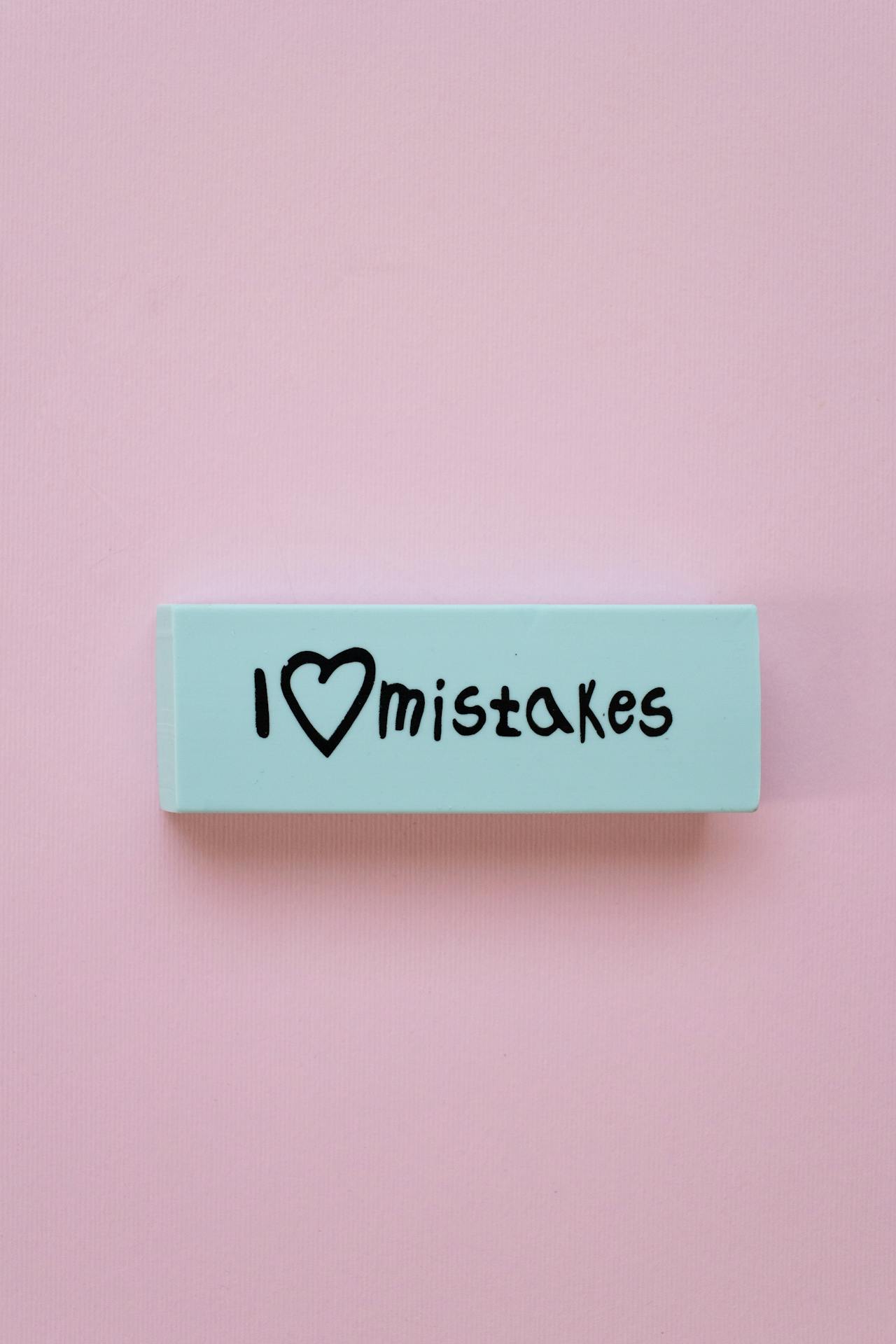Influencer marketing is a highly effective marketing technique that’s used by businesses of all sizes. Over 92% of marketers rate it as the most effective marketing form due to its high ROI.
It allows you to reach a wide audience fairly quickly. You can sell products, generate leads, and promote your brand with influencer marketing.
On average, businesses earn $5.78 for every $1 spent on influencer marketing.
However, not all businesses get such a high ROI.
An influencer marketing checklist is one of the many ways to outperform your competitors and achieve a decent ROI.
An influencer marketing checklist ensures that you follow a systematic approach when creating a campaign and contract. This guide explores both checklists that you should save, tweak, and use for every new influencer marketing campaign you create.
Influencer Marketing Checklist for Campaigns
Here’s a complete influencer marketing checklist for campaign creation that’ll help you get the most out of your influencer marketing campaign:
1. Define Goal
You need to start by defining a goal for your influencer marketing campaign. You can achieve a lot of objectives (short-term and long-term) with influencer marketing such as sales, leads, brand awareness, brand recall, brand credibility and reputation, customer loyalty, re-engagement, etc.
As much as 85% of marketers use influencer marketing to acquire new customers and this is a reason why 59.4% of businesses plan to increase their influencer marketing budget in 2024:

The reason why businesses use customer acquisition, sales, and leads as influencer marketing goals is that it gets easier to measure performance at the campaign level.
For instance, you can easily track the number of customers acquired from a particular post on an influencer’s social account. You can easily track conversions in Google Analytics or any tracking tool.
Qualitative metrics are hard to measure and that’s a reason why you should avoid setting a goal that you can’t measure. For example, brand awareness isn’t easy to track and you’ll find it very hard to figure out how different campaigns contributed to overall brand awareness.
When setting a goal, ask yourself how you’ll measure campaign performance.
You are good to go if you have the resources to track performance at a granular level.
Else, stick with quantitative metrics such as conversion, sales, customer acquisition, referral traffic, etc.
Use the SMART goal framework to set objectives for influencer marketing strategy. It focuses on setting a specific, measurable, achievable, relevant, and time-based goal:

Here’s an example of a SMART goal: To acquire 500 new customers in 30 days.
It is a specific goal that is measurable, relevant, challenging, and time-based. Use this approach to set a clear influencer marketing goal and then share it with your team so everyone in your organization is on a single page.
2. Identify Your Target Audience
As a marketer, you know the importance of understanding your ideal customers. With influencer marketing for ecommerce, you have to take this to the next level.
Why?
The followers of the influencer you collaborate with should be your target audience. If you want to make sure that your campaigns outperform in all aspects, you need to match the target buyer persona with the influencer’s followers.
For example, if you are promoting a recipe book to home chefs, you need to find an influencer who is followed by home chefs.
For best results, the audience overlap should be maximum:

If audience overlap is 100% or near 100%, that’s a perfect match indicating that all of your target audience is following a specific influencer.
Theoretically, it sounds too attractive.
Here’s the problem: Most businesses don’t know their audience completely and aren’t willing to spend resources on primary data collection to know their audience better.
You need to know your audience inside out with detailed buyer personas. That’s how you’ll be able to pick the right buyer persona for an influencer marketing campaign and then match your audience with the influencer’s audience.
A lack of data-driven buyer personas will lead to poor performance irrespective of who you collaborate with.
You need to create detailed buyer personas by collecting primary data from your audience. Avoid guesswork and intuition rather use data to better understand your target audience.
Collect data from your audience via surveys and interviews and specifically collect the following data:
- Social media platforms they use
- Type of content they engage with
- Top influencers they follow
- What they look for in an influencer
- Content formats they want to see from people they follow.
These questions will provide you data that’ll refine your buyer personas and you’ll be able to better know your audience and its preferences.
3. Identify Social Media Platform
If you know your audience, you’ll know what social platforms they use. Selecting the right social app gets easier.
But it isn’t as simple as it sounds.
The selection of a social platform depends on the following variables:
- Campaign goal
- Your target audience
- Type of content you are promoting.
1. Campaign goal
If your goal is to increase brand awareness and reach a wider audience, you should use one of the top platforms with the highest number of active users. Facebook is the most used social platform globally with more than 3 billion active users per month:

But when it comes to influencer marketing, Instagram takes the lead:

The decision isn’t straightforward. You have to make sure that the platform you choose matches with your campaign goals and will make it less challenging to achieve your goal.
2. Target audience
Each social platform has its unique target audience.
TikTok is mostly used by adults under 30 while Facebook is more popular among adults who are 45 and older:

You need to match your buyer persona with the demographics of the platform you intend to use. If you want to sell ecommerce products to teens in the US, TikTok is the ideal platform to go with.
However, you need to look at your audience preferences as well. If, according to buyer persona, your audience prefers using Instagram, you should use Instagram – not TikTok.
You need to look at the demographics of the social app and your ideal customer preferences to choose the right platform.
3. Content type
This is quite obvious because you can’t promote all types of content across all networks.
The content type is derived from the campaign goal (see above).
For instance, if you want influencers to post an image of your product, you should probably go with Instagram. If it’s a video, you need to choose between TikTok and YouTube.
Generally, video content is the leading content type with the highest engagement, but this doesn’t mean you have to stick with it.
Again, refer to the buyer persona and see what type of content your ideal customers like.
Critically evaluate these three variables and choose the right social networking site for your campaign.
4. Set Budget
Budget allocation is a critical step in the development of an influencer marketing campaign. If you go without proper budget allocation, you might end up overspending.
Influencer marketing campaign cost starts from a few hundred dollars and goes as high as $1 million:

Cristiano Ronaldo, for instance, charges $5.2 million for one Instagram post and 3 stories and his minimum price for Instagram posting is around $600K:

The thing is: If left unnoticed or unmanaged, influencer marketing can cost you a lot. Proper budgeting is essential.
The budget depends on multiple factors such as:
- Type of influencer
- Campaign type and content
- Offer and business compatibility with the influencer
- Social media platform
- Your goal.
The influencer fee is the major cost but it’s not the only thing that you have to plan for and allocate budget. Here’s a list of expenses that are associated with an influencer marketing campaign:
- Influencer fee
- Product or offer cost (in case of giveaway)
- Content creation cost
- Post-campaign marketing cost
- Miscellaneous costs.
You can download a free influencer marketing budget template here.
5. Find Influencers
Now that you have everything ready, it’s time to hunt for the right influencers for your campaign.
You can use manual outreach or an influencer marketing platform to automate the influencer hunt.
Manual outreach is suitable when you have specific requirements and need a niche-based influencer preferably nano or micro influencers who don’t register on marketplaces and aren’t actively involved in paid promotions.
Working with niche influencers is less expensive and helps you reach a particular target market that’s not possible with macro influencers:

The problem with manual outreach is that it’s time-consuming and might lead to a low response rate. Switching to an influencer marketing tool with a dedicated marketplace seems to be an ideal choice as it streamlines and automates the entire process.
You can find influencers, manage campaigns, track performance, and keep everything organized. This is an ideal option if you want to run multiple influencer marketing campaigns simultaneously.
These platforms offer search options to find relevant influencers across social platforms which is a great benefit for any brand.
Here’s a list of top influencer marketing apps to help you choose one that fits your needs:
- Klear is a scalable and highly effective influencer marketing platform. It offers customized pricing that’s revealed based on your needs.
- Upfluence is a multipurpose tool for marketers that offers a wide range of features. It has custom pricing that depends on the features and social platforms you need.
- HypeAuditor is a free tool that offers a lot of features to help you run influencer marketing campaigns.
- Traackr is quite a powerful influencer marketing tool with a starting price of $20K per year.
- Heepsy lets you find influencers quickly. It has a free plan while a paid plan starts from $89 per month.
6. Create and Manage Content
Once the budget is finalized, it’s time to create content.
There are multiple ways to create content for an influencer marketing campaign:
- You can create content in-house and ask the influencer to share it
- The influencer creates the content
- Brand and influencer jointly create content.
Influencers aren’t content creators so it’s recommended to create content yourself and ask the influencer to share it. Not all influencers allow brands to dictate them. It comes down to the influencer you are working with, the type of content and offer, the fee, and the contract terms.
When creating content, it’s important to keep the audience of influencer in mind. Do some research and find out what type of content followers engage with. This’ll give you an idea of how to create content for the campaign.
Research shows that Instagram posts, stories, and YouTube video content are among the top content formats for influencer marketing:

Video content takes the lead as it’s highly engaging and users want to see more video content from people they follow. So, video content should be your top priority.
When you have to create video content, you need to outsource it to the influencer. You might lose significant control over content creation in this case.
On the other hand, images and posts give you more control over content creation.
An important aspect of content creation is content management and ownership after it goes live. This is something you need to add to the contract terms (more on this later). Ideally, you should own the content as creator and brand owner. This allows you to reuse the same content and post on a need basis in marketing campaigns.
7. Measure Performance
Tracking campaign performance once it goes live and post-publication is a crucial step that’s often overlooked. Most brands and marketers look at the campaign results superficially which leads to several issues.
It begins by looking at your campaign goal and seeing how successfully the campaign has achieved it. If, for instance, your influencer marketing campaign goal was to generate 500 sales in 30 days, you need to look at analytics after 30 days to see how many sales were generated.
This, of course, requires conversion tracking and if you haven’t set it up before running a campaign, you won’t be able to track sales and conversions.
Performance tracking also helps you prove campaign ROI which is essential for two reasons:
- You need to justify the marketing budget
- It gets easier to choose influencers for repeat business.
Experts suggest that you should measure spending efficiency and cost equivalency with performance. Spend efficiency refers to how efficient this investment is and cost equivalency measures the effectiveness of influencer marketing with other marketing channels and campaigns you are using:

Here’s a list of the metrics you should use to measure these three variables:

Choose the metrics that fit your campaign goal and track end-to-end influencer marketing performance.
8. Build Relationships
Find top performing influencers and build relationships with them. This gets easier when you track performance at a granular level with advanced tracking and sales attribution for your store.
You need to develop a network of influencers so that you can collaborate with them without spending resources on finding influencers. When you’ll create your first few campaigns, you’ll realize how hard it is to find the right influencers.
The idea is to keep the best ones in your network.
Building relationships means you engage with them via email and phone, send gifts and PR packages, refer them to other brands, and rehire them regularly.
Influencer Marketing Checklist for Contract
A contract is a formal agreement between you and the influencer. It lists all the terms, conditions, and legal aspects of the campaign. Since it is remote work that involves two parties, it’s essential to have a formal, signed contract.
Here’s a checklist that you should follow when drafting an influencer marketing contract:
1. Contract Date and Expiry
The contract needs to be a written, official document that should include the initiation date, commencing date, duration, name of both parties, signatures, date of signatures, and expiry date of the contract (or validity).
Even if you are working with an influencer for a single project, you need to have a contract. List everything in simple language so it’s understandable.
Don’t hesitate to make it as detailed as possible. When you’ll see
You can use this free contract template or download a free one here.
2. Rules and Terms
The main part of the contract consists of terms, rules, agreement details, and nitty-gritty. Here’s a list of the key sections that should be properly addressed in the contract:
- Purpose of agreement
- Service description
- Contract terms
- Compensation and its terms
- Contract validity
- Responsibilities of both parties
- Dispute resolution
- Termination and notices.
The idea is to write down everything formally and have it signed. For instance, the social networks to be used, who will create the content, how and when it’ll be published, what happens in case of a dispute or disagreement, etc.
These details must be a part of your contract.
3. Content Creation and Approval Process
How the content will be created and how does the approval process work? This is an important part of an influencer marketing campaign contract as most of the disagreements are generated from content creation and revisions.
You should define roles clearly and add an approval process with exact steps.
Here’s an example:
- Influencer creates the content
- Content is shared via Slack and email with the marketing team
- The relevant team will have 7 days to respond with their feedback and comments
- Influencer will have 5 days to address/respond to comments and send a revised version to the team
- The process continues unless content is accepted and agreed upon by both parties
- After approval, the influencer will schedule a post and share its link (with access) with the marketing team for approval.
Tweak and customize this approval process and use it in the contract. This keeps everything manageable and you’ll save a lot of time dealing with the tantrums of the influencer. When the influencer knows the process, it is somewhat less bothersome for them.
4. Content Copyright
This is an absolute must clause in the contract. As a brand owner, you want to have full control over content so you can modify it as needed later. You can do so if you own the content.
Add content copyright details and terms clearly in the contract.
If an influencer wants to retain copyrights to edit content, add a specific duration as to how long the influencer can modify content after publication.
Ideally, you should own copyrights as it allows you to use content in the future without any complications.
5. Publication and Promotion
The contract must entail a detailed publication process including the date and time of publication, approval requirements, and tool used for scheduling.
You also need to add additional publication-related details such as:
- Hashtags
- Tracking URLs
- Keywords inclusion
- Post-publication promotion on other channels
- Reuse of content, images, and videos
- Tags and replies by the influencer
- How long does the influencer need to respond to comments
- Penalties.
6. Restrictive Covenant
It refers to time-based restrictions on the influencer where he/she can’t work with your competitor. This is an optional clause that is usually needed when you hire an influencer as a brand ambassador or for a specific branding project for the long term.
In such cases, it makes sense to restrict the influencer for at least a year to work with a competitor after ending your contract. This will save your brand image and customer base.
For normal collabs like posts and one-off projects, you don’t need to have a restrictive covenant.
7. Sunset Clause
It sets clear guidelines on how long your content will stay on an influencer’s social account, profile, or blog. Define a time in contract before which, the influencer can’t delete or remove your content.
In the absence of a sunset clause, most influencers will remove sponsored content after a few days and there’s nothing you can do.
Make sure it is clearly stated in the contract.
8. Cancellation Terms
Not all influencer marketing campaigns are successful. Define terms and rules for cancellation to deal with disputes and incomplete projects.
Here’s a list of clauses you must consider adding in cancellation terms:
- Notice period
- Dispute resolution mechanism
- Unresponsive duration
- Penalties, repayments, reimbursements, and refund mechanism
- Cancel notification period and letter format
- Post-cancellation content and resource ownership.
Final Words
The influencer marketing checklists will help you create, execute, and manage your influencer marketing campaigns successfully.
Dealing with influencers isn’t easy and things don’t always work as expected.
Following a checklist ensures that you don’t miss an important step in the campaign setup and management process. It ensures that your campaigns have all the necessary ingredients to be successful.
At the other extreme, when you follow a systematic marketing approach, it boosts brand credibility and authority. You appear professional right from the proposal stage to finalization which makes it easy for your brand to target influencers.
Featured Image: Pexels



